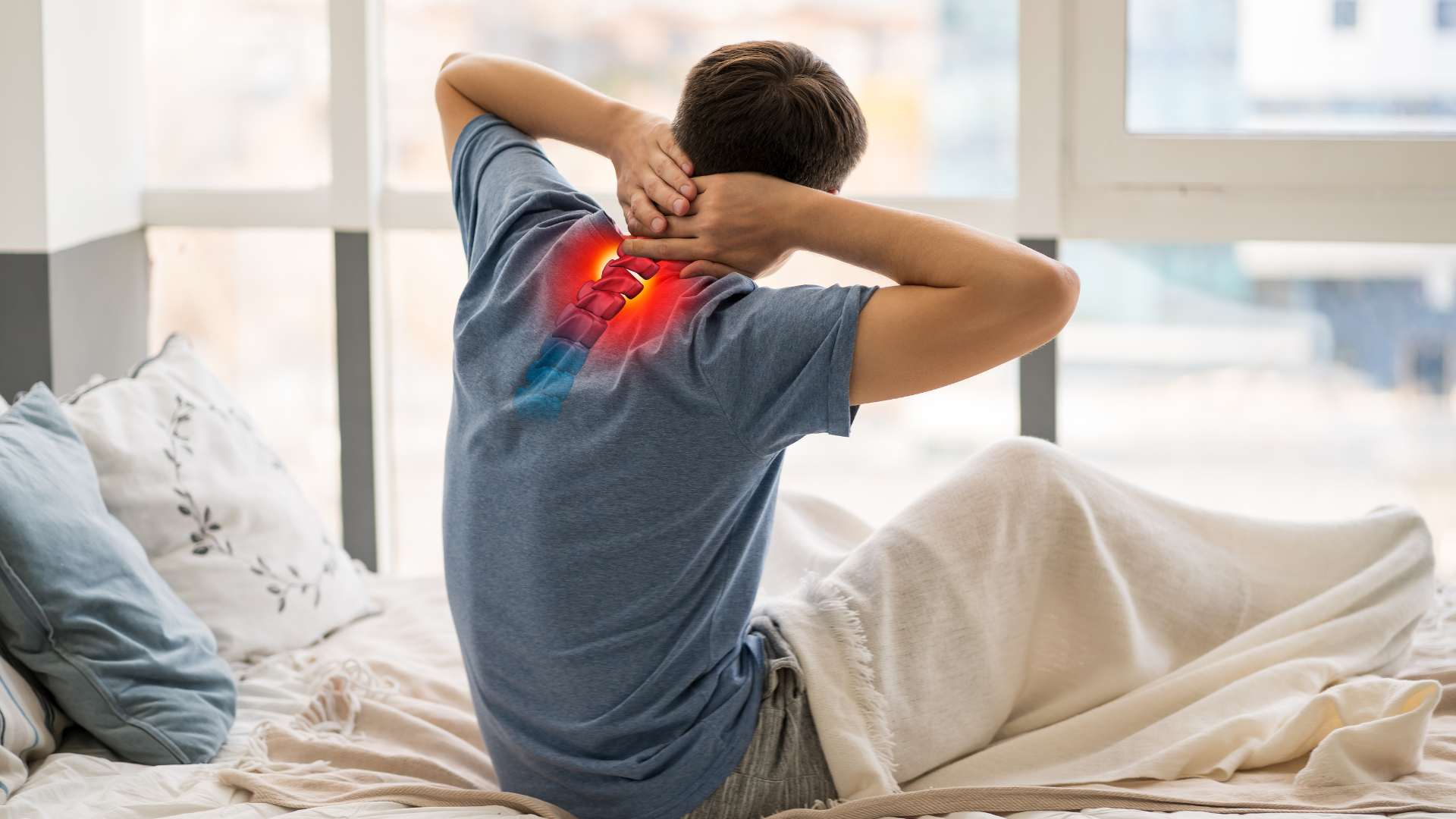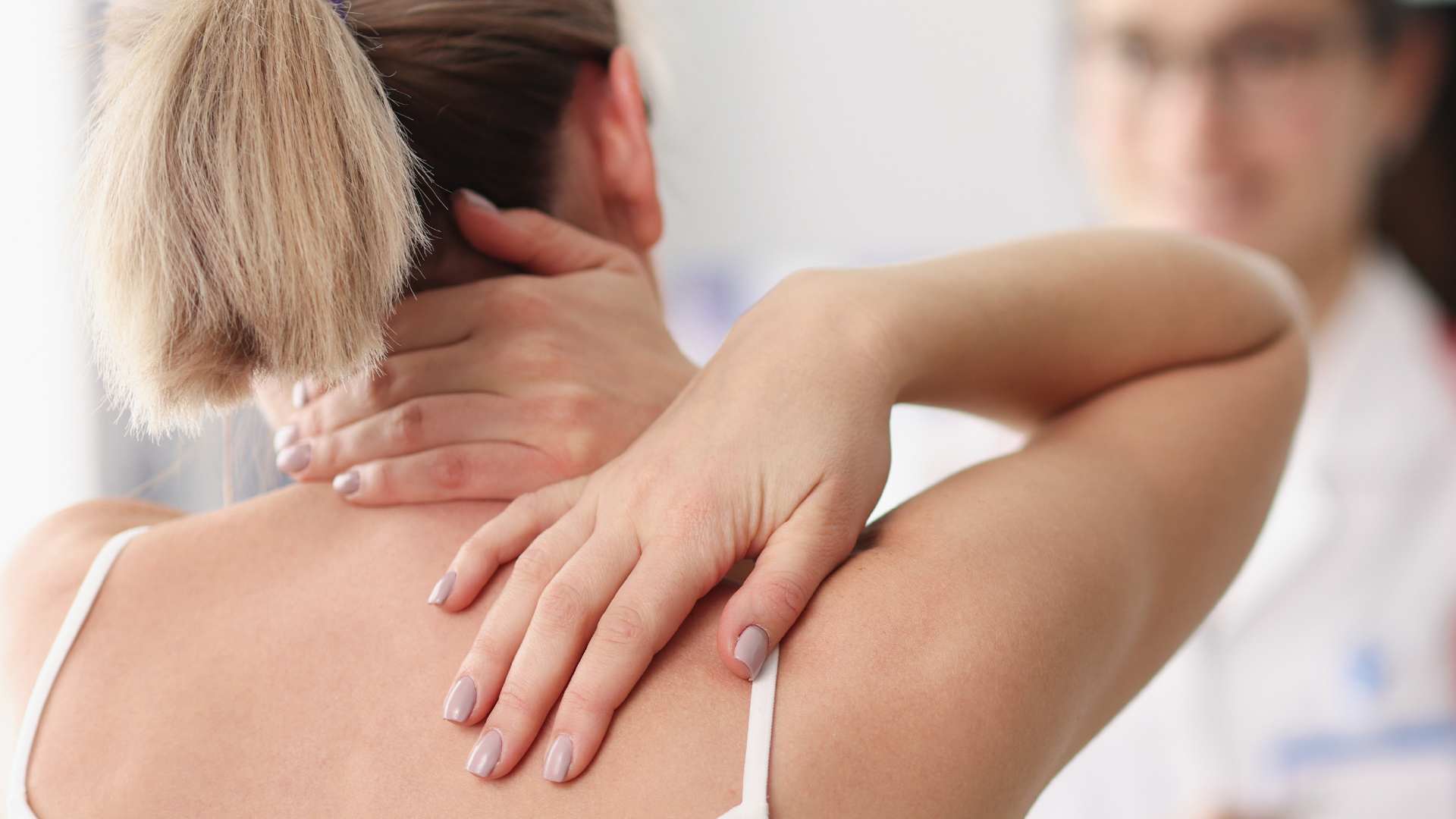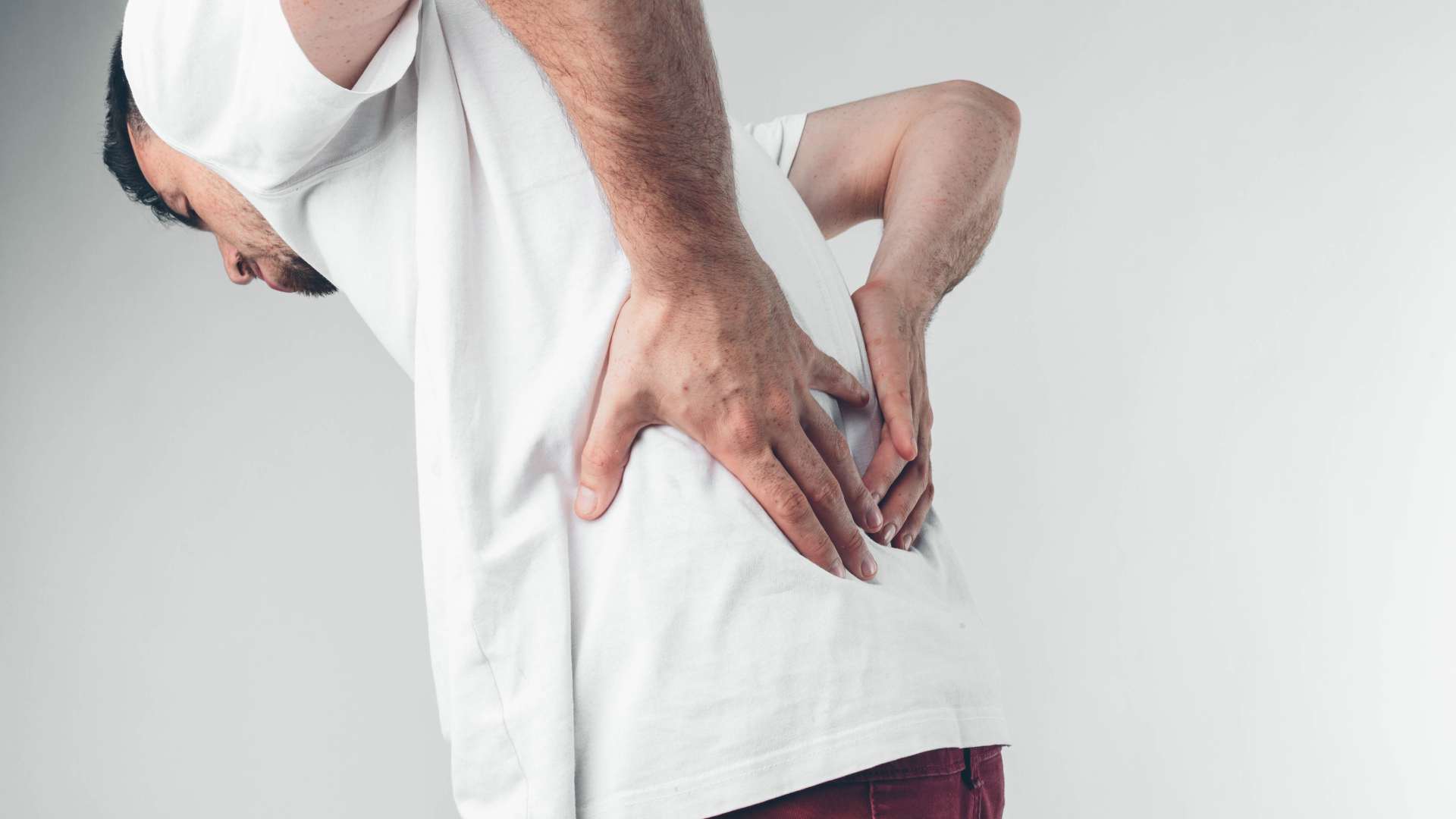
Knee pain has always been one of the most common types of pain, but the phenomenon of cartilage breakdown has become a real epidemic in recent years. Only recently has it been reported, that over 60% of the population aged 50 and over suffer from osteoarthritis of the knee. However, before you resort to surgery or become dependent upon painkillers, get to know the device that is revolutionising pain management around the world.
If you have passed the age of 45, you are probably starting to rediscover your body’s joints, including your knees. Osteoarthritis, is the name given to cartilage damage or loss in the knee and other joints, which has been attacking more and more patients’ knees in recent years.
Loss of cartilage in the knee manifests in pain that makes daily activities such as walking, standing, going up and downstairs, and even standing up difficult. As if the pain alone wasn’t enough, erosion of the cartilage in the knee leads many patients to feel unstable, which causes many, especially the elderly, to stumble and fall.
Why does this happen?
About 8 years ago, the Berlin Zoo wanted to examine which of the animals in the zoo have the greatest load exerted on their joints. As part of the study, all the zoo animals underwent MRI tests and the ratio between the weight and the cartilage areas in the weight-bearing joints was studied. However, the zoo did not stop at that, and decided to examine the zoo staff too.
The research showed that the greatest load on the joints was actually in the humans, the zoo workers, mainly in the knee joints. This is especially true when compared with elephants, whose body weight is high but whose joints are strong and large to match.
In order to understand how cartilage erosion occurs, it is important to understand that in the joints in our body there is an ongoing balancing process between the destruction of existing cartilage cells and the formation of new cells. However, over the years, due to injuries, strain, age or degenerative diseases, the balance between the creation and destruction process is negatively affected, causing changes in the structure of the cartilage and sometimes cartilage loss.
Non-invasive treatment at home for knee pain
Paul Nicklin, Knottingley, UK, suffered from severe knee pain, and in search of a treatment that would help him with the pain, Paul came across the B-Cure Laser device ” This B-Cure Laser changed my life, more or less completely… Without that, I would not have been able to continue working.”
The B-Cure Laser device is an innovative medical device that offers Low-Level Laser Therapy (LLLT) technology. The use of the B-Cure Laser device increases the release of the hormone endorphin, responsible for pain relief, in the brain. At the same time, it can help treat inflammation.
Among B-Cure Laser’s many benefits is the fact that the treatment is effective and clinically proven, home-based, easy to use, and without any known side effects.
It is important to note that the B-Cure Laser device does not cause the growth of new cartilage, but it certainly relieves pain and allows you to return to a daily routine even without the cartilage.
Matt Dawson, Ex-England Rugby Captain & TV Personality, UK | “After a short while the pain is gone”




